The wine marketplace continues its post-pandemic shifts.
By Laurie Wachter
The August 24 Wine Industry Sales Symposium consisted of four sessions covering the value of DTC and sales data in boosting sales, planning for the holidays, corporate gifting and luxury marketing strategy. Here’s a quick look back.
Using Data Analytics to Optimize DTC Pricing and Inventory Depletion

Costs have risen exponentially since the onset of the pandemic, making it even more critical to use data analytics to guide wine pricing to maximize profits.
“Wineries have an amazing amount of data from their POS systems and wine clubs that can be used to build a depletion curve, price elasticity estimates and predictive models,” says Bob Terzotis of Mather Economics.

Jim Moroney reached out to Mather after opening Sixmilebridge Vineyards (Paso Robles, Calif.) during the pandemic. “We were running out of Cabernet Sauvignon partway into our first vintage. I needed to raise the price without depleting my inventory before the next vintage was ready.” Mather recommended an increase to $120. That was too big a leap for Moroney, so he raised it to $96 — and, as predicted, ran out early. The lesson he learned? Use data to take the emotion out of the decision.

In Adelaide, Calif., Denner Vineyards GM Carol Rounsaville also struggled with pricing during the pandemic. “We were concerned about raising prices because we thought people would be scared.” Mather helped Denner use its data to understand how to price for the best profit without turning away buyers. “We took the plunge, and it flowed as it was supposed to. Taking the emotion out and allowing the data to speak was highly successful.”
Maximizing Holiday Sales; The Data Tells Us When and How

Leveraging your DTC data can help you plan for a more profitable holiday season. This session emphasized the importance of testing campaigns and website changes to improve performance.
“Post-pandemic supply chain issues changed consumer shopping habits,” says Kari Scott of WineDirect. “We’ve shifted the holiday season from October-November (OND) to September-December (SOND).” She recommends starting holiday planning earlier and using data to create consumer segments and plan personalized campaigns for a better ROI.
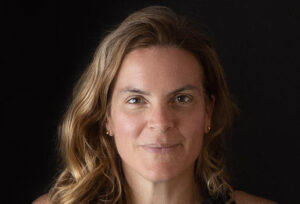
Enolytics co-founder Cathy Huyghe looked deeper into the WineDirect data and found consumers shifted from club sales in September to POS sales in December when gift purchasing soared. The data also showed discounts rising steadily from a low in September through the holiday season.

“The goal is to capture as many prospects as possible and move them to your website to convert,” Gary Farrell’s Direct & Digital Marketing Manager, Alex Jones, reminded marketers.
“Make sure the copy, webpage, holiday bundles and imagery amplify brand messaging and speak to your goal. Focus on a pain point. Anxiety is high during the holidays, so create a gift guide that gives them a framework for success.”
The Roadmap for Tapping into the Corporate Sales Opportunity

That gift guide is also essential for corporate gift-givers. Jennifer Warrington of the WISE Academy pointed out that the corporate gifting industry is worth $242 billion and will grow 6.6% this year.
Trinitas Cellars (Napa, Calif.) is taking advantage of that growth, with corporate gifts at 7% to 8% of sales, according to GM Sonyia Grabski, an increase from 3% in two years. So is Kelly Denny, the dedicated corporate gifting manager at Far Niente, Nickel & Nickel (Oakville, Calif.), who has shepherded exponential growth since 2014.
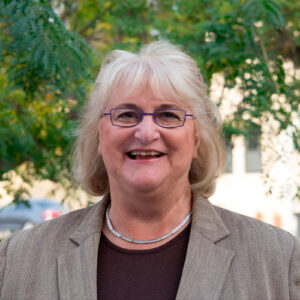
“It’s never too late to start,” says Susan Cole, a corporate sales expert who started the division at Harry & David. “You can get corporate orders of more than $50K, but you need to start early and plan well to get your proposal into the budget of the target businesses.”
Nickel & Nickel’s corporate gifting page already has holiday imagery, and Trinitas Cellars is pulling bottles from the line as they’re being boxed and labeled to get pictures for their new holiday page. “Right now, I’m doing my budget for next year,” added Grabski, “and my team is preparing for that OND season.”
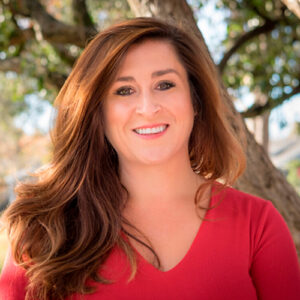
The panel advises mining your DTC list for real estate businesses — “an easy place to start,” noted Cole — attorneys, doctors, dealerships, pharma and the entertainment industry, and start communicating that you can meet their gifting needs. Create custom packaging that feels like a gift when opened, line up a fulfillment house and, most important, get everyone at your winery on board.
The Evolution of the New Luxury Consumer
“Boomers no longer control the luxury wallet,” says Susan DeMatei of WineGlass Marketing. “Instead, the millennial and genZ generations drive 85% of luxury sales growth. 41% of millennials and 58% of genZ are wine drinkers whose spending will continue to grow.” To reach these consumers, wineries must shift from beginning with the product to leading with the brand. Remember that “luxury is not about being expensive; it’s about the feeling it gives you.”
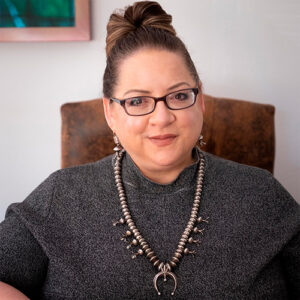
“There has been a massive cultural shift in values,” adds DeMatei’s partner, Gaynor Strachan Chun. “The rise of the millennial generation brought their values, attitudes, behaviors and expectations of brands to the fore.” That includes two necessities — sustainability and social responsibility.
Sales of traditional luxury goods declined rapidly during this shift, and the luxury industry had to redefine itself. The contemporary model is about “how the brand adds value to my life,” as opposed to the baby boomers’ conspicuous consumption. To compete, wine marketing must move from “Product, Price, Place and Promotion” to “Experience, Exchange, Everyplace and Evangelism.”
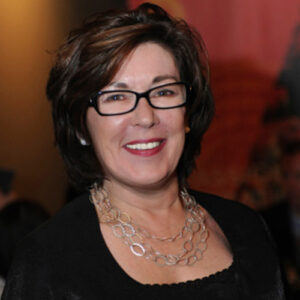
The team recommends every winery evaluates how well it introduces customers to its brand — and reinforces it. For luxury audiences, they recommend digital, influencer and mobile marketing.
To view the seminar sessions in full, go to www.winesalessymposium.com.

















